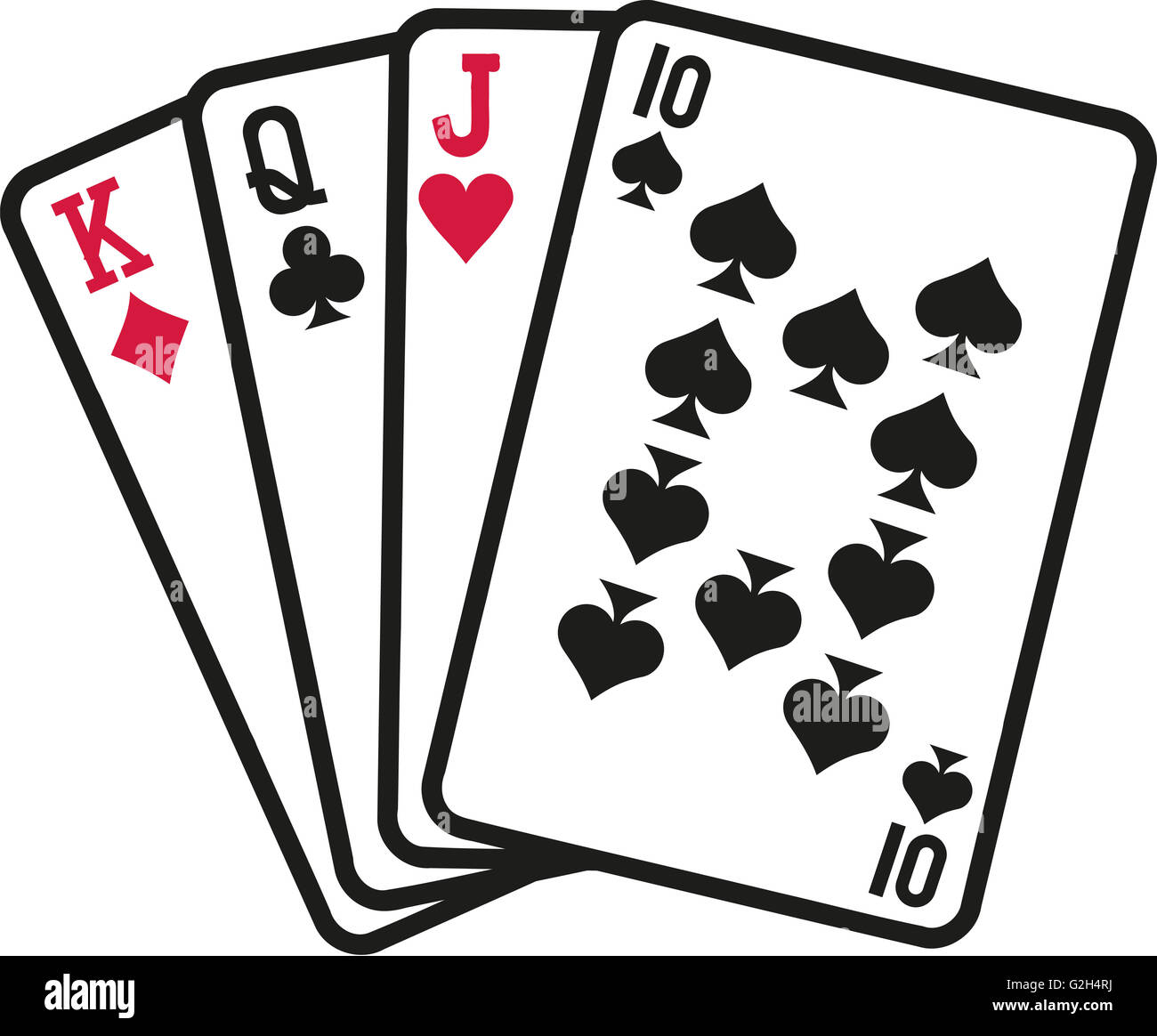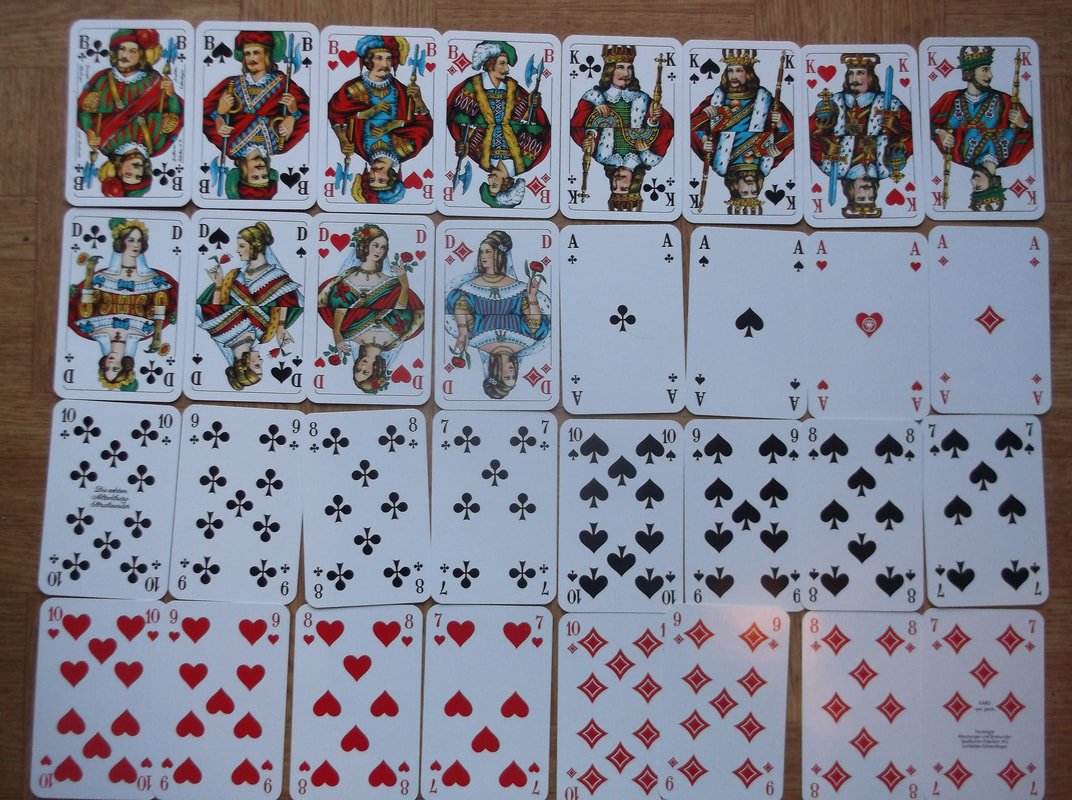Skat Card Game
Amazon.com: skate card game. Skip to main content.us. Hello Select your address All. Skat is a strategic, trick-taking card game played with three players. Bid wisely and play correctly to maximize your points. Find the video tutorial and written explanation for how to play the card game skat below.
| Show the demomode (computer AI play) |
The Game
To make a move in the auction phase, click on the speech dialogs. To open the extra cards click on the lock, to choose a game click on the game windowwhich appears then. To swap extra cards against cards you hold, clickon the extra card and then on the card to exchange. In the gameyou can make a move then by clicking on any of your cards.
The player who is to make an move is indicated by the move icon (a headin the white circle). Players playing together are indicated by two blue figures,whilst a single player has one black figure. The trump suite and game modifiersare shown as icons on the score boards.
Game rules
A good overview over the Skat game can be found onWikipedia Skat.All four Jacks are counted as trumps and do not belong totheir suits.
If a color (e.g.heart) is selected as 'trump' all seven hearts as well as all fourJacks count as trumps, making 11 trump cards.
Jacks beat each other in order (greatest to least):Club->Spade->Heart->Diamond.
The sequence of cards for a trump color: Jack of clubs, Jack of spades,Jack of hearts, Jack of diamonds, Ace, Ten, King, Queen, Nine, Eight,Seven.
The sequence of cards for a non-trump color: Ace, Ten,King, Queen, Nine, Eight, Seven.
The values of the cards (highest to lowest):
| Card | Value | Card | Value |
| Ace | 11 | Jack | 2 |
| Ten | 10 | Nine | 0 |
| King | 4 | Eight | 0 |
| Queen | 3 | Seven | 0 |
A special 'trump' game is called the Grand. In this game no suit is trumpand only the four Jacks count as trump. This game type is indicated bythe symbol of a Jack's head on the score board.
Another special game is called the Null. In this game no suit is trump but theplayer has to avoid getting any trick. As soon as he gets any trick he lost the game.The sequence of cards does change in this game to:Ace, King, Queen, Jack, Ten, Nine, Eight, Seven.This game type is indicated bythe symbol of a Zero on the score board.
The player who start a round can choose any card to play.
The second and third players have to play the same suite as the first player played(keep in mind that the jacks count to the trump suite!). Only if aplayer does not have the first players's suite he/she can playany card.
The player who wins the round starts the next one.
The player who wins the round adds the values of the cardsplayed in that round to his/her score.
The single player wins the game with more then 60 points. If he winswith more than 90 or with 120 points an extra score is awarded (Schneider, Schwarz).
For each game a certain amount of victory points isawarded and added to the overall score.
Skat is regarded to be one of the best three-player card games in the world and unlike many games, Skat is actually designed for three and works best that way.
Skat came to America with German immigrants, where it peaked in popularity in the 1940s.
American Skat Card Game Rules
One of the most fascinating aspects of Skat is that the Player has more options than just calling trumps. The Player has a variety of options or games he/she can play, and this gives Skat its depth and variety.
One of the ways to learn Skat, is to understand that the options for play, allow the Player many choices, and once you see that those choices are to be exploited, this is a game I truly recommend. If you want to learn to play cards, and enjoy doing it, then learn this game and its nuances.
The Cards
32-card deck, shortened to 7 and up. Cards rank A, 10, K, Q, J, 9, 8, 7.
When there is a trump, the four Jacks are always trumps and from highest to lowest rank, J♣, J♠, J♥, J♦.
The remainder of the trump suit rank under the Jacks from Ace down through 7. (i.e. A, 10, K, Q, 9, 8, 7)
The Deal
Players cut to deal, and each player is dealt ten cards in batches of 3 and 4, with two for the center, the Skat.
Designation of Players
The player to the dealer’s left is called the ‘Forehand’ or ‘Leader’, the next player is called the ‘Middlehand’, and next to him/her, (the dealer), is called the ‘Rearhand’ or ‘Endhand’.

The player who finally wins the bidding is called the ‘Player’.
Objective
In most bidding games, the winner of the bidding simply calls trumps, with few other options. In Skat, however, the Player has an array of options or game formats which can be taken that best fits their hand.
Bidding
Skat games have an unusual bidding sequence. The first to speak is the Middlehand who, if he/she chooses to bid, announces how many points they think they can win, beginning with 10, and increasing in increments of 2.
In reply, the Leader will say “Yes” or “Stay”, meaning he/she can equal or exceed the bid. In which case, if Middlehand wants to continue bidding, must increase their bid.
This continues until one of them, Middlehand or Leader, passes. At which time, the Rearhand enters the bidding and bids against the ‘survivor’ of these two in the same manner.
If both Middlehand and Rearhand pass, the Leader is required to name the game and play out the hand even if he/she would prefer to pass.
Naming the Game
A player can choose to play with or without a trump and with or without using the Skat, or by using only the four Jacks as Trump.
Tournée: On declaring Tournée, the player picks up the top Skat card. The player may use it to establish trumps, in which case he/she shows it to the other players, OR, may reject it as trumps and turn the next card of the Skat face up and this established trumps. In this latter case, the game is know as ‘second turn’.
If the card is a Jack, the Player may either select that suit as trumps or may declare that only Jacks are trumps, in which case the game becomes Grand Tournée, and can only be announced if a Jack is turned up at the Skat.
Whether the trump is fixed by the first or second card, the player is entitled to take up both Skat cards and put them in his/her hand and discard two face down.
Solo: Without looking at the Skat, the player declares a trump suit, and then plays their hand without using the Skat.
Grand Solo: Grand Solo is played with only the Jacks as trumps. The player does not take the Skat in hand.
Gusker: the player picks up the Skat cards without showing them and discards any other two cards face down. Play proceeds with only the Jacks as trumps.
Nullo: Is a contract to lose all tricks without looking at the Skat. The hand is played without a trump suit.
Ouvert: The player exposes their entire hand before the opening lead, contracting either to win all tricks with Jacks as trumps – Grand Ouvert – or to lose all tricks – Null Ouvert.
Ramsch: Played only when all three players pass without bidding, and the Leader must play the hand.
With only Jacks as trumps, each player tries to win as few tricks as they can. Skat cards are not used in play and at the end of the hand, go to whoever won the last trick.
The Play
The Leader makes the opening lead, and thereafter the winner of the trick leads to the next.
The Rules
Standard trick taking rules apply
- You must follow suit to the card led, if possible.
- If unable to follow suit, you can play any card
- The trick is won by the highest trump played to it. If no trumps are played, then the trick goes to the highest card of the suit led.
Value of Games
| Game | Clubs | Spades | Hearts | Diamonds |
| Tournée | 8 | 7 | 6 | 5 |
| Solo | 12 | 11 | 10 | 9 |
| Using the Jacks as Trumps | ||||
| Ramsch | 10 | |||
| Grand Tournée | 12 | |||
| Gusker | 16 | |||
| Grand Solo | 20 | |||
| Grand Ouvert | 24 | |||
| No Trump | ||||
| Nullo | 20 | |||
| Null Ouvert | 40 | |||
The Multipliers
A player may multiply the basic value of whatever game they elect to play.
Card Values
Except for the 7, 8, and 9, each card captured in a trick has a specific value
Ace = 11
Ten = 10
King = 4
Queen = 3
Jack = 2
Thus there are 120 points in the deck – 30 points per suit.
Schneider: If a player takes cards worth 91 points or more, he/she is said to have “schneidered” the other players. This achievement multiplies his score.
Schwartz: To win every trick is to score a “Schwartz” or “Grand Slam”. Except at Nullo, failure to win a trick incurs the penalty of Schwartz.
Announcing: Before the opening lead is Solo games, the player may multiply his/her potential winnings or, for that matter, penalties, by announcing that they expect to score Schneider or Schwartz.
Matadors: The player who holds the Jack of Clubs is said to be “with” as many Matadors as he/she holds in sequence down from that card. For example, to hold J♣, J♠, J♥ and Ace of Trumps, is said to be with three Matadors, the J♦ missing.
Conversely, a player who does not hold the J♣ is said to be “without” as many Matadors as there are trumps higher than his/her highest trump. Therefore, a player holding, say, the J♥ as his/her highest trump, is said to be “without two”.
The Multipliers are valued as follows:
Making game (61-90 points in high cards) | 1 |
Schneider without announcing it | 2 |
Schneider announced and made | 3 |
Schwartz without announcing it | 3 |
Schneider announced, Schwartz made | 4 |
Schwartz announced and Schwartz made | 5 |
Each Matador, “with” or “without” | 1 |

Using the Multipliers
Except when playing Nullo or Ramsch, the score for a fulfilled contract is arrived at by
a) Adding together the applicable multipliers
b) And then multiplying the basic game value by that number.
In Nullo, no multipliers are used. In Ramsch, the player taking the fewest tricks scores 10 points. If a player takes all tricks at Ramsch, they lose 30 points.
Other Scoring
Skat Card Game Rules Pdf
A player who fulfils their declaration and the full value of their game equals or exceeds their bid, they score the value of their actual game, which may be higher than what was bid, plus any multipliers that may apply.
If a player falls short of the necessary points for the game, they lose the basic value of the game. The penalty is doubled at Gusker or second turn.
If a player fulfils their declaration but gains fewer points than they bid, they lose whatever multiple of their declared game’s basic value exceeds their bid. For instance, if the player were to declare and play Heart Solo Tournée, and get 72 points in high cards, and is with one Matador, the game is worth 20 points. If the player had bid 22, they’re in trouble. The penalty is computed by multiplying the basic value of the declared game, in this case 10, by whatever number it takes to exceed that bid. In this case, that number is 30, as 30 is the first multiple of 10 exceeding 22. Thus the penalty is calculated 3 x 10, which = 30. The penalty is 30 points.
Game
The game should consist of a previously agreed number of deals, that number being a multiple of the number of players participating. That way everyone gets to deal an equal number of times.

Skat Card Game App
L I N K S
Skat Card Game How To Play
Rules for Skat - Card Games Website
Skat - Germany's National Card Game David Parlett's Skat pages
How to Play Skat - Cats at Cards
A History of the Card Game Skat